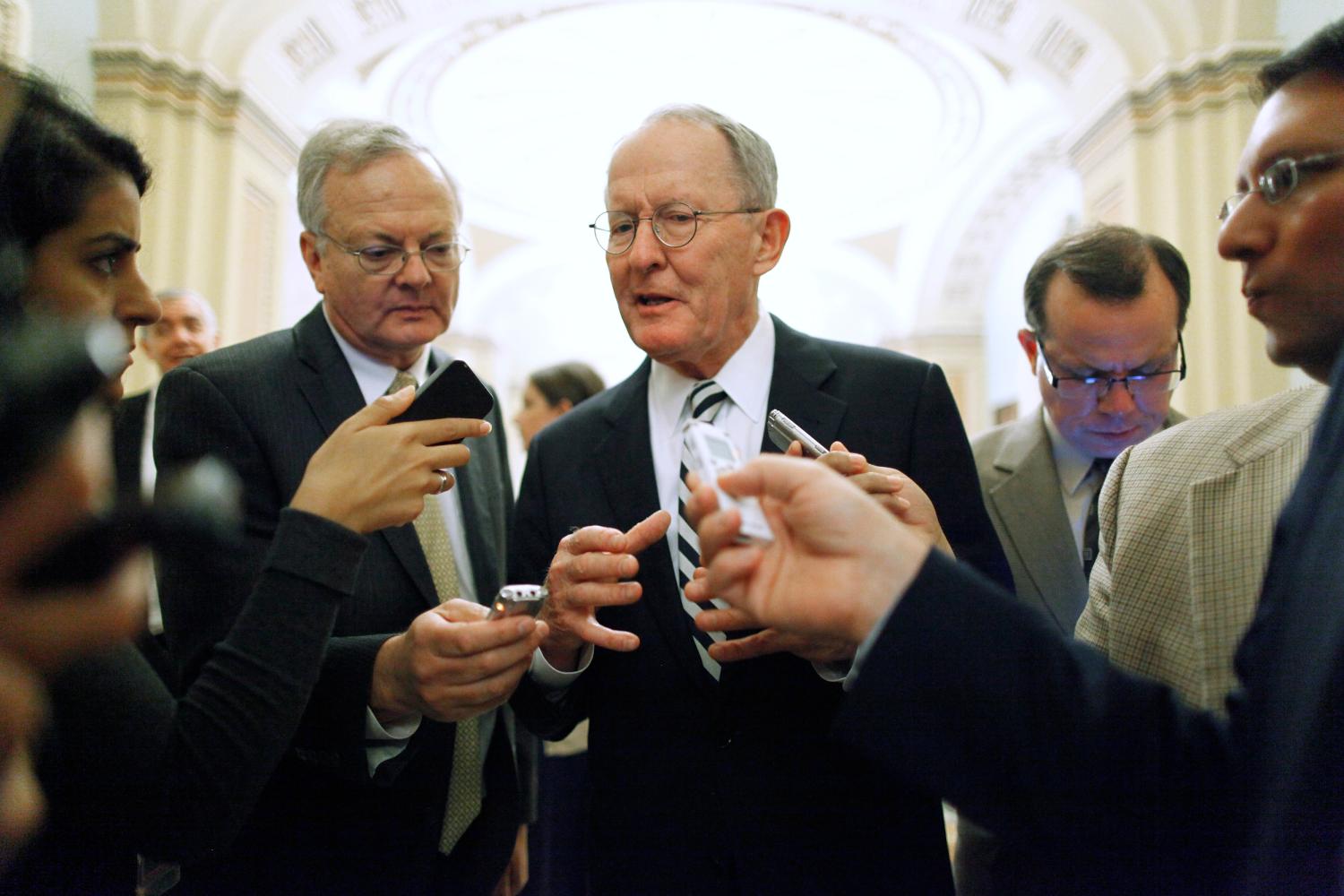In the current re-authorization of the Elementary and Secondary Education Act, many in Congress are eager to reduce the role of the federal government in education and restore power to states. However, simply removing the accountability requirements under Title I, as many have proposed, will not foster state and local leadership nearly as well as a competitive grant program would. As long as U.S. students lag our international competitors, the federal government should tilt the scale in favor of reform and innovation. Block grants simply subsidize the status quo.
It’s simple economics: A block grant is just like a permanent increase in revenue from state income or sales taxes. It does nothing to change a potential leader’s bargaining position; it does nothing to lower the financial or political barriers to reform which paralyze our school systems. For instance, with a block grant, any district leader wanting to improve the tenure review process needs to bargain with his or her union to find ways to pay for it. A competitive grant program would provide an external carrot that would allow the same leader to bargain more successfully.
It’s useful to remember that federal spending on K-12 education programs is dwarfed by state and local spending. In 2010-11, state and local revenues for K-12 education totaled $550 billion. In contrast, federal spending for Title I was $14.5 billion. If the entire Title I program were converted to a block grant program, it would represent just three percent of state and local spending. That’s smaller than the fluctuation in state spending that occurs over the course of the business cycle. For instance, between 2007-08 and 2009-10, annual state revenue for K-12 education fell by $32 billion (far more than total Title I spending). Because funds are often fungible, a $14.5 billion federal block grant would just be another drop in a $3 trillion state and local total revenue bucket.
In 1984, a newly reelected Governor Lamar Alexander called a special session of the Tennessee legislature to discuss education reform. Under Governor Alexander’s leadership, lawmakers raised standards. They called for a minimum competency test for 8th graders to pass before moving on to 9th grade. They created a new system of performance evaluation for teachers and principals, and created a system of performance-based pay. Twenty-four years before President Obama, Governor Alexander and his colleagues in Tennessee were racing to the top.
Yet, until 2009, when Governor Bredesen resurrected some of Governor Alexander’s ideas in Tennessee’s Race to the Top application, and his successor, Governor Haslam, proceeded to implement them, few others were willing to pick up where Governor Alexander left off. After Governor Alexander left office, most of the earlier reforms had been dismantled. Rather than further subsidize the status quo, limited federal dollars would be better used to spark innovation and to empower entrepreneurial leaders at the state and local level, like Governor Alexander.
Although every school system has its own set of unique challenges, several challenges are universal and, therefore, would be good candidates for competitive programs: developing new models of teacher preparation; developing new forms of in-service training for teachers which actually improve student outcomes; spreading effective charter school practices; and closing the achievement gap. Not every state will be ready to take on these challenges now. And not every idea proposed will be innovative. Yet, we are much more likely to find effective solutions which other states could replicate if a portion of the ESEA budget were set aside for competitive grant programs in one or more of these areas (and funds were set aside to evaluate them). Winners should receive funding over a five year term, to ensure that local constituents and leaders elsewhere have sufficient time to evaluate their merits.
Competitive grant programs do not weaken local leadership. They strengthen local leadership much more effectively than block grants do.



